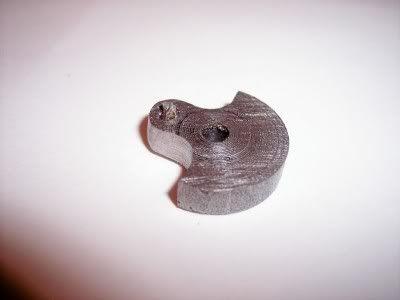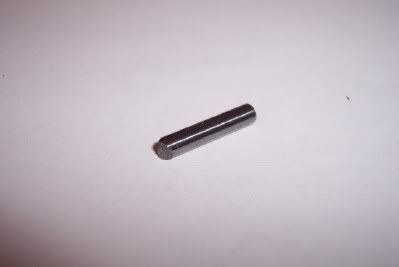rake60
Well-Known Member
- Joined
- Jul 8, 2007
- Messages
- 4,756
- Reaction score
- 124
I was making a crankshft for a current project tonight and had it all done
except for tapping the hole for the crank pin. Almost through it and,
SNAP. :x

There was enough sticking out to get a hold of with the vise. That quickly
crumbled away. So it was time to drill it out. This piece of a broken 1/8"
solid carbide end mill, (If they can make it, I can break it!)

It just has a shallow chisle point ground on the end. Nothing
critical about the the shape. It's harder than the HSS tap and it drill
through it easily.
except for tapping the hole for the crank pin. Almost through it and,
SNAP. :x

There was enough sticking out to get a hold of with the vise. That quickly
crumbled away. So it was time to drill it out. This piece of a broken 1/8"
solid carbide end mill, (If they can make it, I can break it!)

It just has a shallow chisle point ground on the end. Nothing
critical about the the shape. It's harder than the HSS tap and it drill
through it easily.





